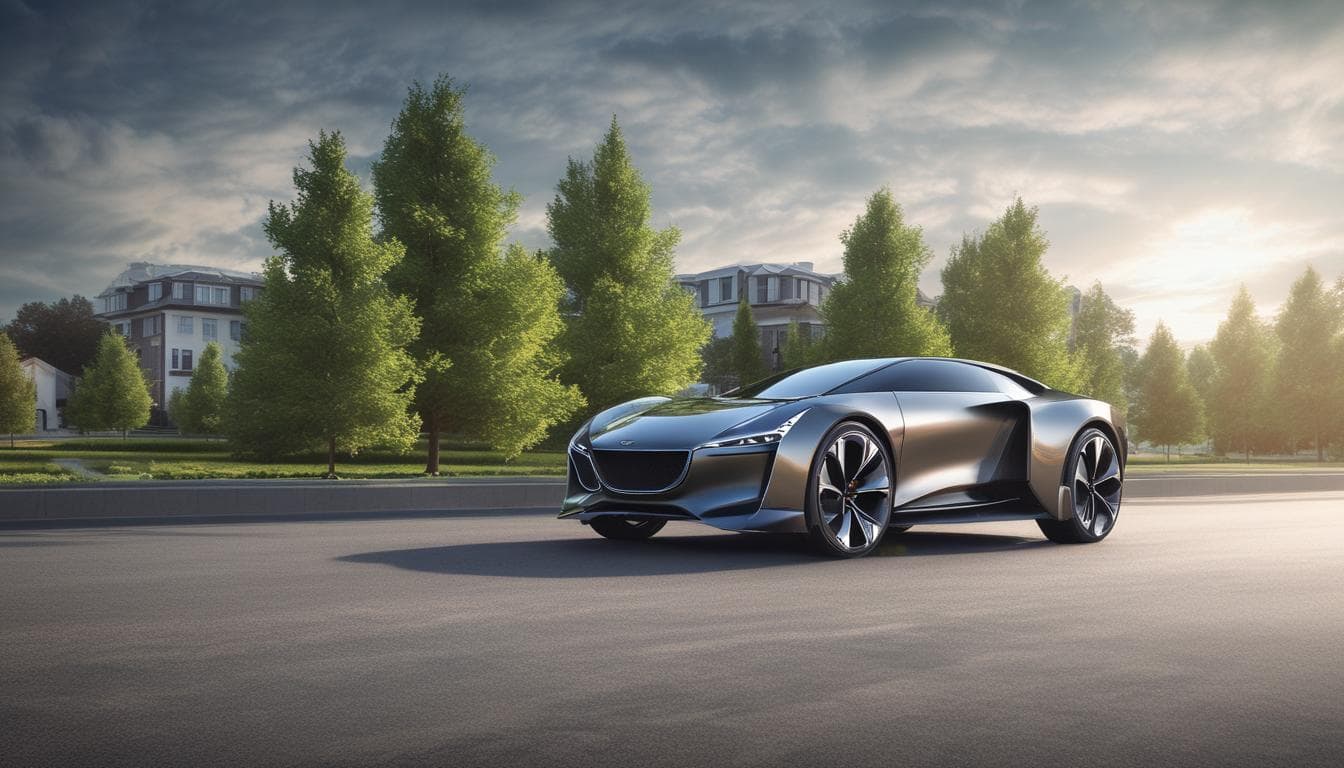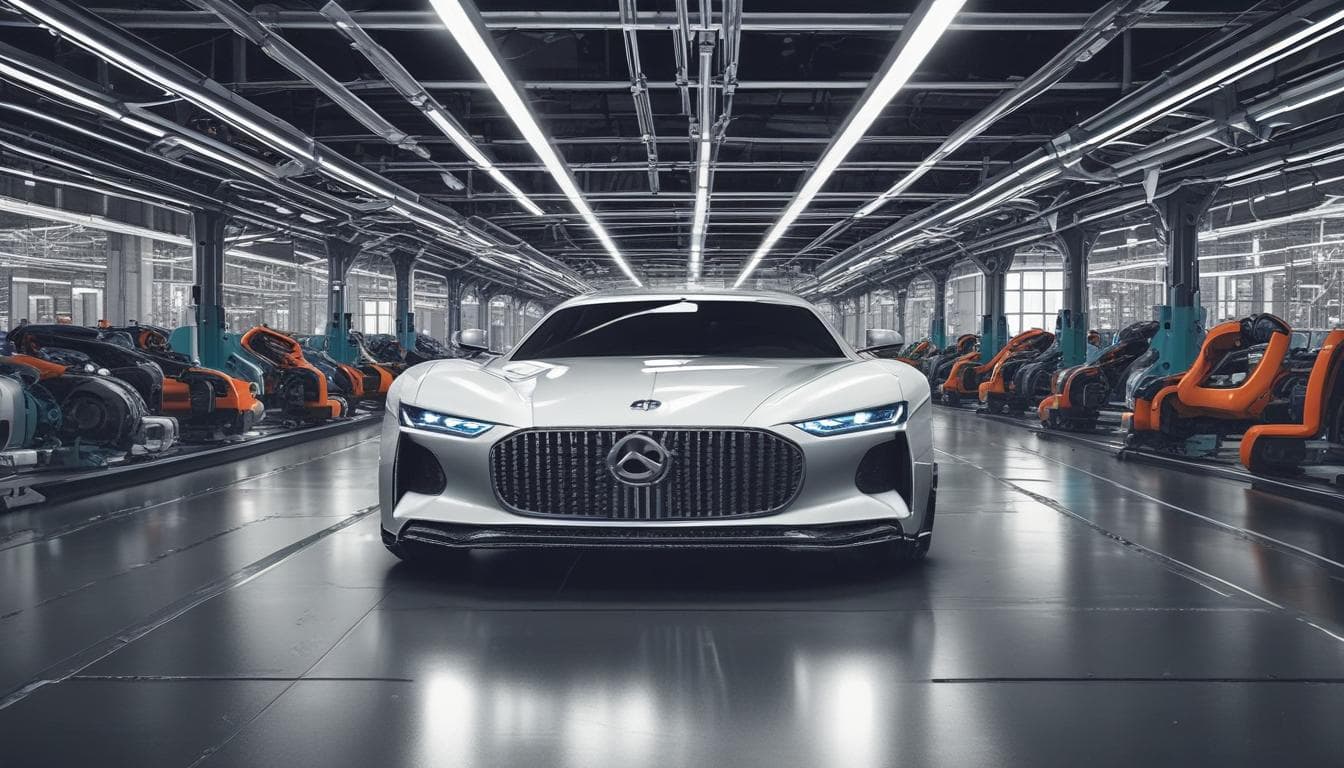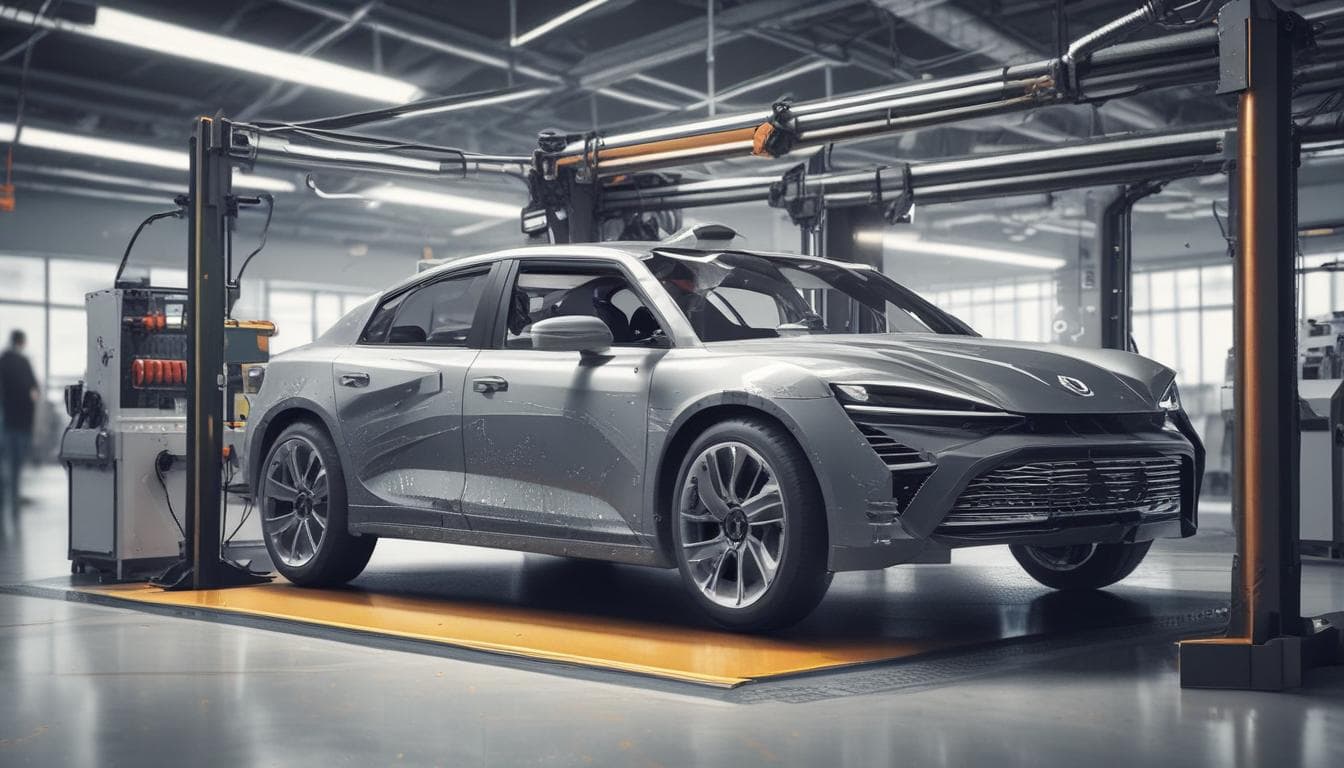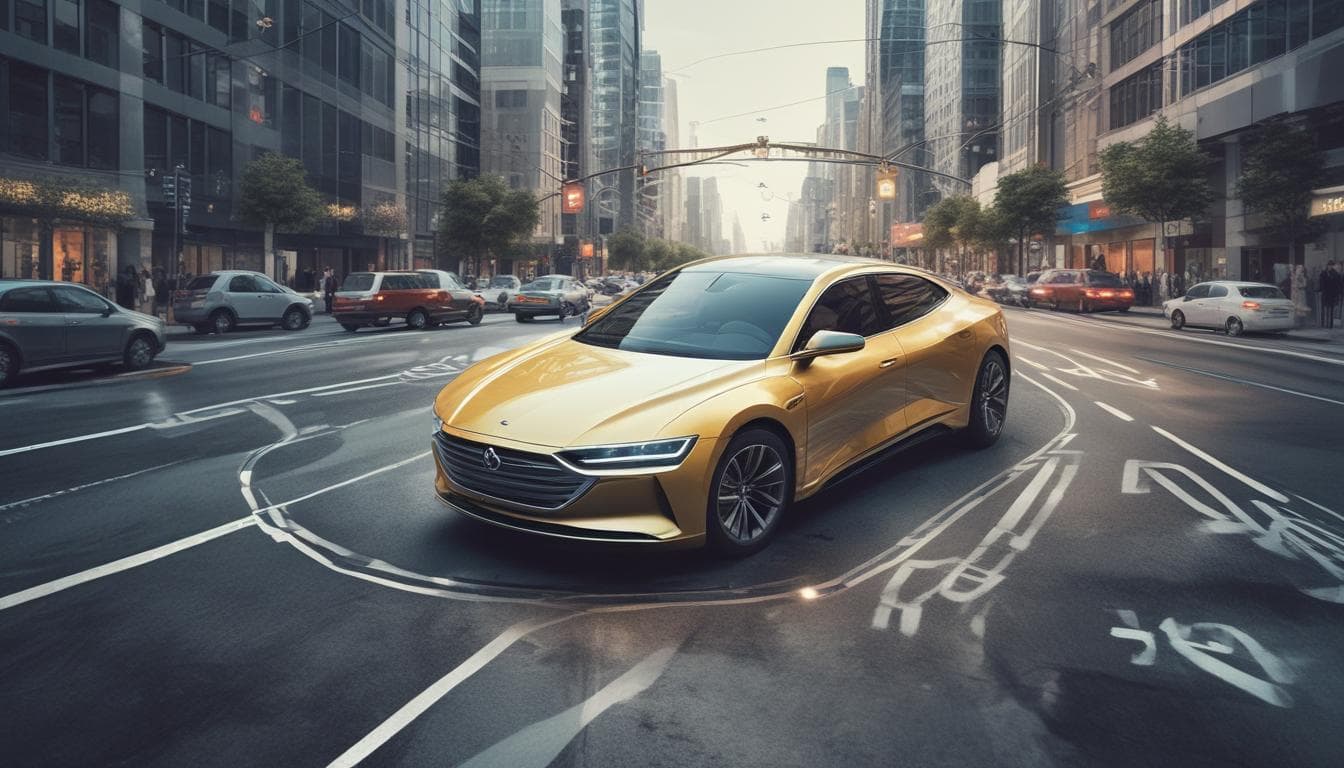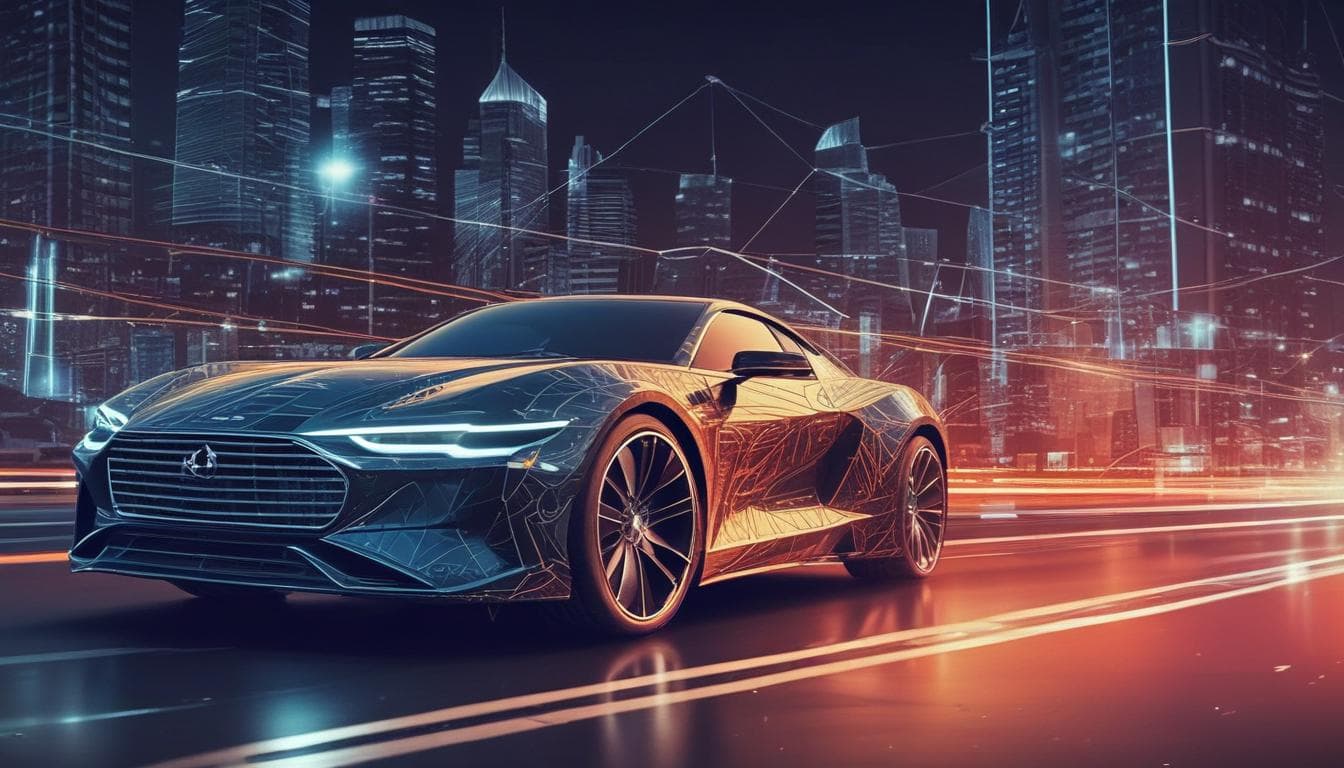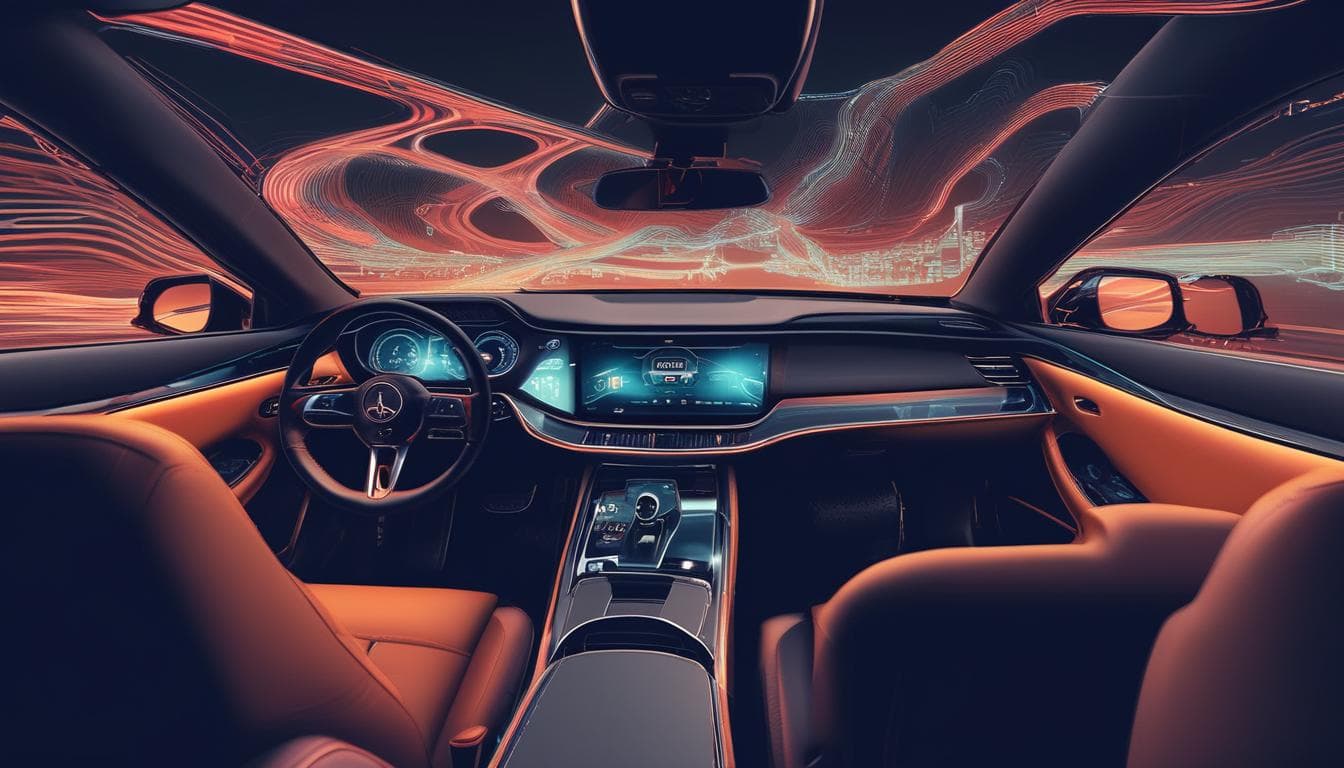The automotive industry is on the cusp of a new era, driven by the powerful synergy between electric vehicles (EVs) and the Internet of Things (IoT). This convergence is not merely about adding internet connectivity to cars; it represents a fundamental shift in how vehicles are designed, manufactured, sold, and experienced. This article explores the multifaceted impact of the EV-IoT convergence, examining its transformative influence on the automotive landscape and the future of mobility.
The Convergence of EVs and IoT: A Transformative Synergy
The integration of IoT technology into EVs goes beyond simply adding internet connectivity. It creates a network of interconnected systems within the vehicle and extends its reach into the broader transportation ecosystem. This interconnectedness is transforming the driving experience, enabling new business models, and reshaping the automotive industry as a whole.
Enhanced Driving Experience
IoT-enabled EVs offer a significantly enhanced driving experience, providing features like real-time traffic updates, remote diagnostics, predictive maintenance, and personalized infotainment, contributing to the hyper-personalization of in-car experiences. Drivers can access information about charging station availability, optimize their routes based on traffic conditions, and even control certain vehicle functions remotely. 
Data-Driven Insights
The vast amounts of data generated by connected EVs provide valuable insights into driver behavior, vehicle performance, and road conditions. This data can be used to improve vehicle design, optimize manufacturing processes, and develop new services tailored to individual driver needs, showcasing the AI revolution in automotive. The rise of predictive maintenance in the automotive industry is one key area benefiting from these insights. 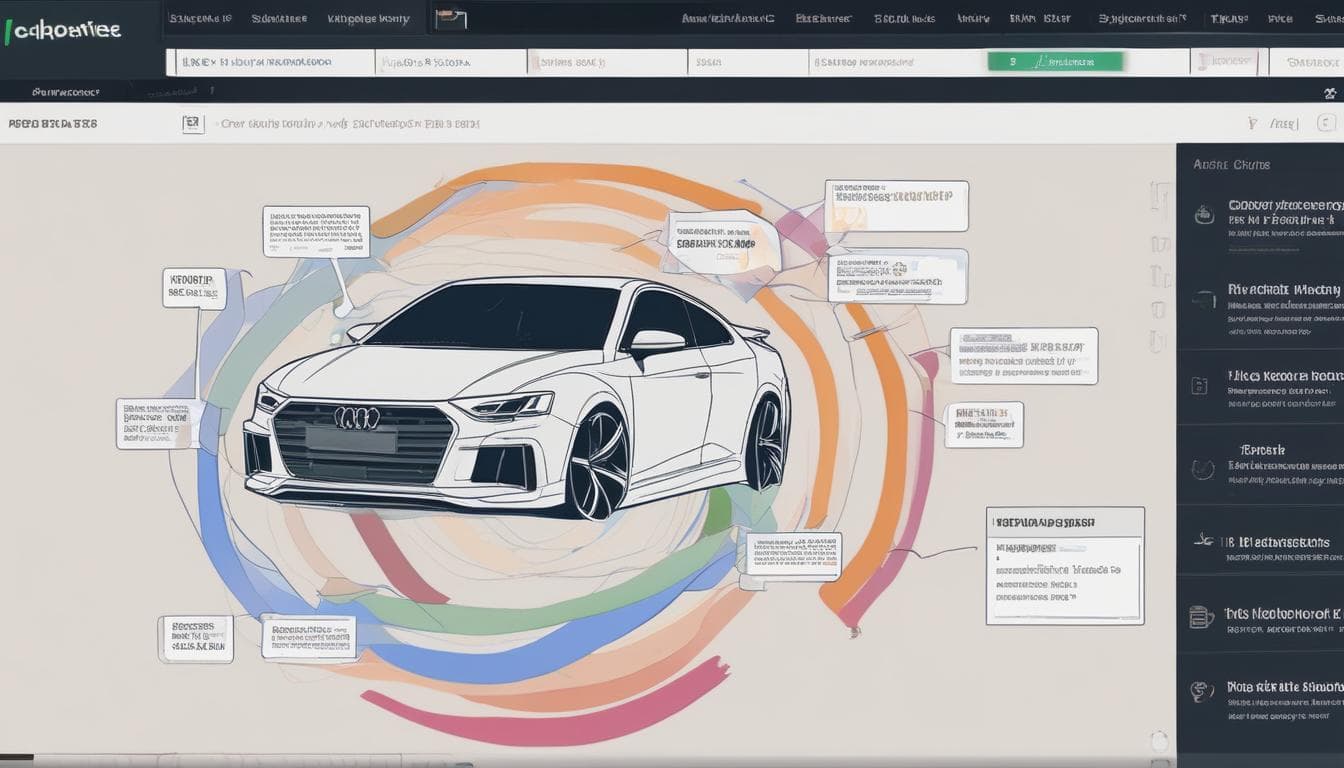
Transforming the Automotive Ecosystem
The EV-IoT convergence is not only changing the vehicles themselves but also transforming the entire automotive ecosystem. This transformation is evident in various aspects of the industry, from manufacturing and sales to infrastructure development and the role of automotive manufacturers.
Smart Manufacturing and Supply Chain
IoT sensors and data analytics are optimizing manufacturing processes, enabling real-time monitoring of production lines, predictive maintenance of equipment, and efficient management of the supply chain. This leads to increased productivity, reduced costs, and improved quality control, further propelled by the robotics revolution. 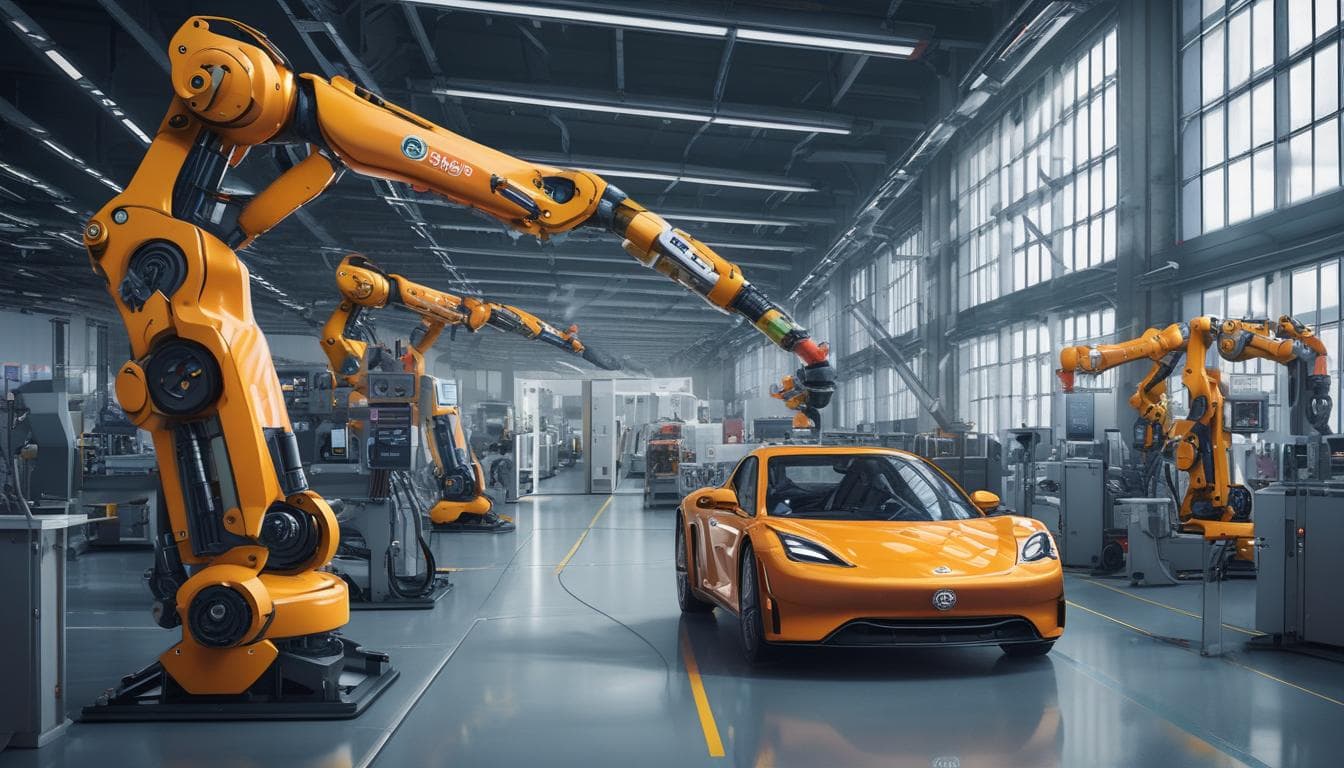
New Business Models
The convergence of EVs and IoT is fostering the emergence of new business models, such as battery-as-a-service, charging-as-a-service, and data-driven insurance. These innovative models offer new revenue streams for automotive companies and provide consumers with more flexible and personalized options. The rise of "Anything as a Service" (XaaS) in the automotive industry exemplifies this trend. 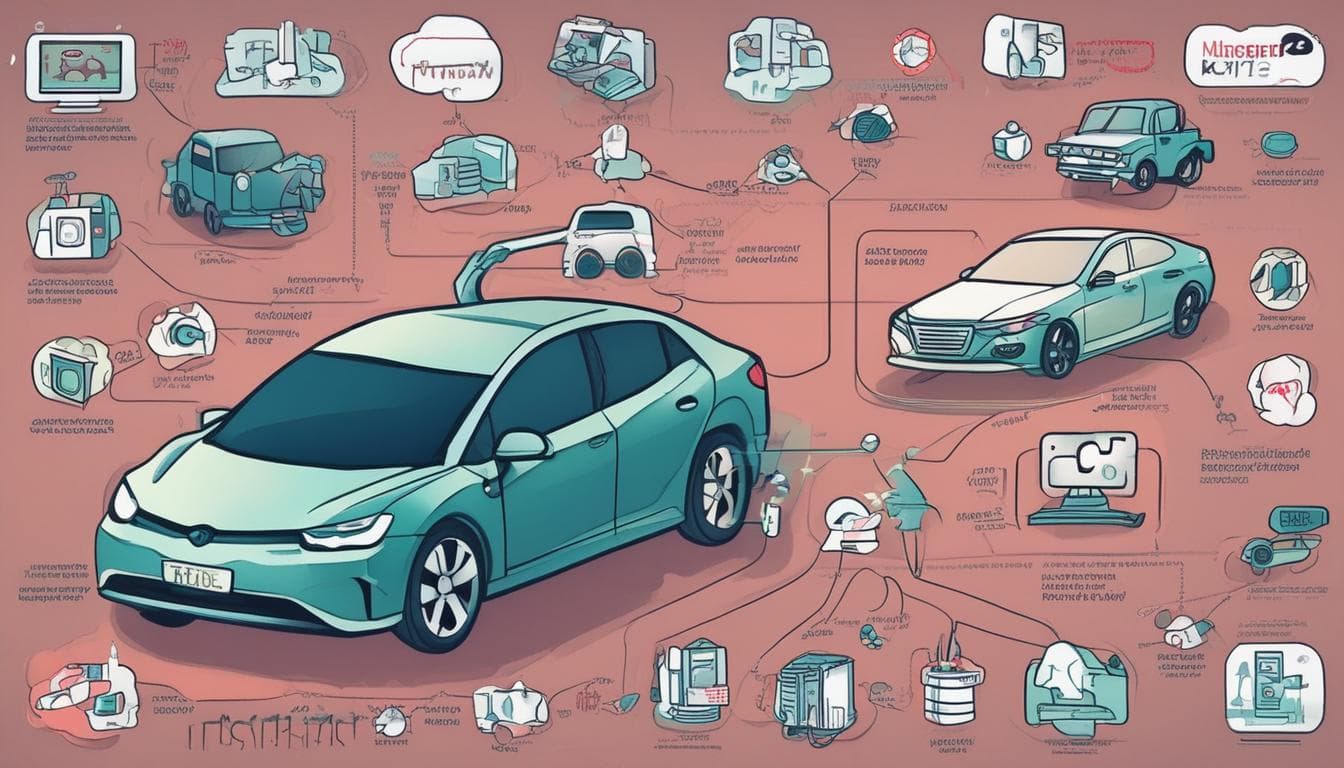
Challenges and Opportunities
While the EV-IoT convergence presents significant opportunities, it also comes with its share of challenges. Addressing these challenges is crucial for realizing the full potential of this technological shift.
Data Security and Privacy
The increasing amount of data generated and transmitted by connected EVs raises concerns about data security and privacy. Robust cybersecurity measures, vital for protecting connected vehicles from emerging threats, are essential to protect sensitive data from unauthorized access and misuse. 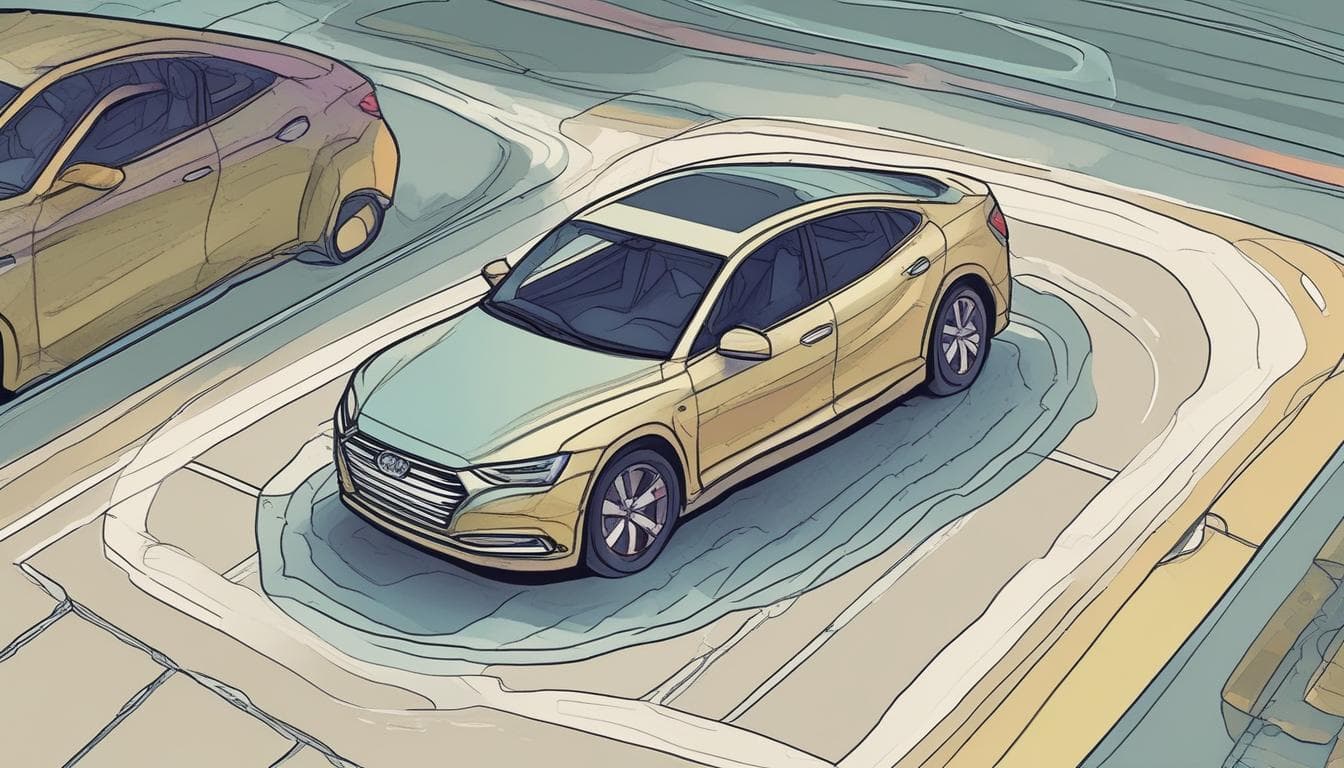
Infrastructure Development
The widespread adoption of EVs requires significant investments in charging infrastructure and smart grids, including advancements like Vehicle-to-Grid (V2G) technology. Building a robust and accessible charging network is crucial for supporting the growing number of EVs on the road. 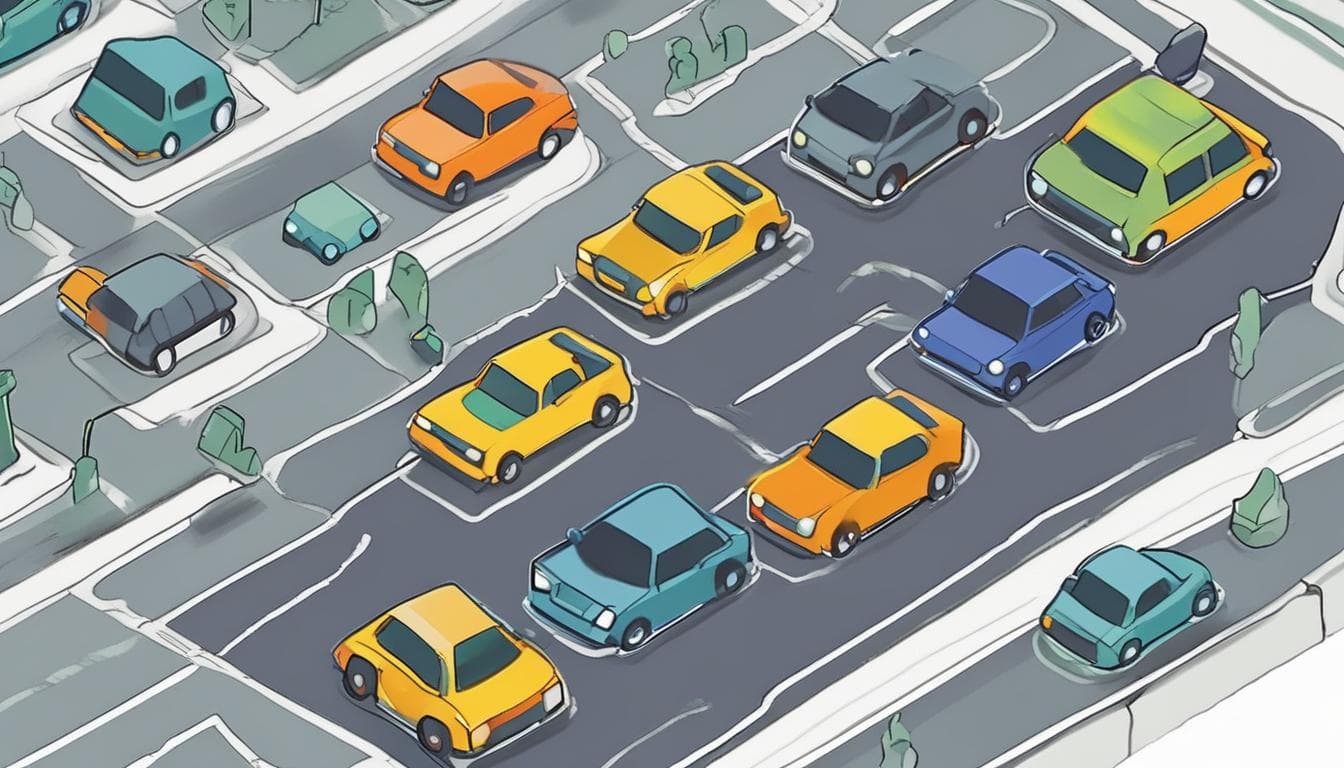
Conclusion
The convergence of EVs and IoT is revolutionizing the automotive industry, creating a new era of connected, intelligent, and sustainable mobility. This transformation presents both challenges and opportunities for automotive manufacturers, technology companies, and policymakers. By addressing the challenges related to data security, infrastructure development, and standardization, and by embracing the opportunities for innovation and collaboration, the automotive industry can unlock the full potential of the EV-IoT convergence and shape a future of transportation that is safer, more efficient, and more sustainable, contributing to the circular economy's impact and the ongoing electric vehicle revolution. The future of mobility is connected, and the journey has just begun. We encourage readers to share their thoughts and perspectives on this transformative trend in the comments section below.
